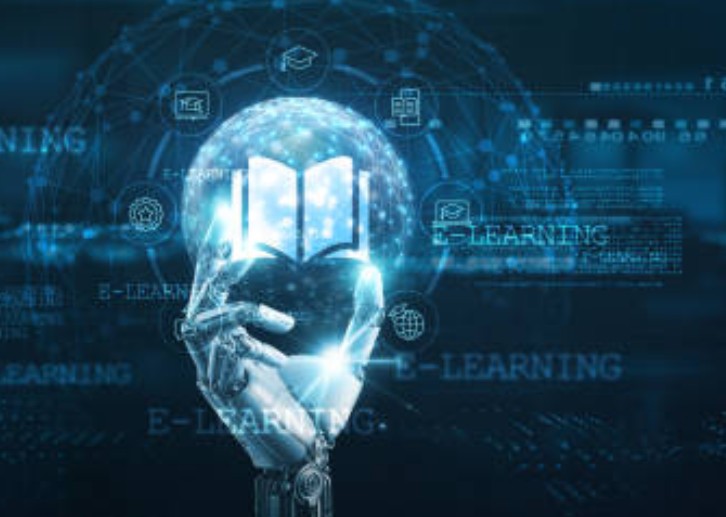AI in education: A quiet revolution is underway in classrooms worldwide. The student faces a blank screen; the cursor blinks. An essay on The Great Gatsby is due at midnight. A prompt is typed into ChatGPT or Gemini, and within seconds, a crisp five-paragraph answer appears. The assignment is done, but the learning is not. This moment captures education’s biggest disruption since the printing press—the rise of generative AI.
Across India and abroad, schools and universities are grappling with the same question: if a machine can write a better essay than a student, what is the assignment really for?
READ | Bridging the skill gap in India’s automobile industry
The AI challenge to conventional learning
The traditional take-home model—essays, problem sets, reading summaries—rests on repetition. The idea was that practice consolidates learning outside class. But as AI systems become ubiquitous, this premise is breaking down. Industrial-era education prized uniformity. As John Dewey argued in Experience and Education (1938), true learning grows from experience, not routine. Generative AI exposes how mechanical tasks have lost relevance. The challenge is not simply cheating; it’s purpose.
A 2025 survey by TeachBetter.ai found that over 60 per cent of college students worldwide now use AI for academic support — from summarising readings to generating draft essays. Indian edtech start-ups such as Byju’s and upGrad are already integrating AI tutors into coursework. Policing such tools with AI detectors or proctoring software is futile. The technology is advancing too quickly. Treating education as a product to be submitted rather than a process to be inhabited misses the point.
AI in education: When assignments lose meaning
If the purpose of a Gatsby essay is to reproduce a standard interpretation of symbolism, AI has merely revealed its obsolescence. The true value lies in the intellectual journey — revision, synthesis, judgment. Machines offer answers without the struggle, forcing teachers to rethink what they are actually assessing.
Global universities are responding. The University of Melbourne now mandates oral defences for written work. In the US, Princeton is piloting “AI-inclusive coursework,” where students disclose their AI use and critique the model’s reasoning. In India, the University Grants Commission is drafting guidelines on “responsible AI use in pedagogy,” encouraging adaptive assessment over punishment.
Generative AI is not the end of learning; it’s a mirror reflecting what never worked. It shows that knowledge reproduction is easy — reasoning is hard.
Learning by doing, not submitting
The path forward is what educators are calling the Great Homework Flip. It means moving the cognitive heavy lifting back into the classroom, where discussion, improvisation, and critique happen in real time. Let AI handle first drafts or simulate counterarguments; let students analyse, debate, and refine those drafts together.
Ethan Mollick of Wharton captures it succinctly: “Assess the process, not the product.” Assignments should measure reasoning, not polish. Instead of essays and problem sets, assessment must evolve into live debates, design memos, reflective journals, and real-world projects linked to tangible artifacts. These are the kinds of tasks AI cannot easily automate.
This shift also aligns with the National Education Policy 2020, which calls for “experiential and holistic learning.” Generative AI could, paradoxically, accelerate that goal by forcing educators to abandon rote formats and embrace higher-order thinking.
Redefining teacher’s role in the AI classroom
Teachers, once content transmitters, must now become designers of cognitive experiences. Their role is to orchestrate inquiry and dialogue — Socratic, not didactic. AI can supply facts and structure; it cannot simulate human accountability or moral reasoning. As Michel Foucault noted, education is about shaping the conditions under which knowledge can emerge, not dictating what it is.
In practice, this means cultivating what labour markets increasingly prize: adaptability, collaboration, and critical discrimination. According to The Economist Intelligence Unit’s Future of Skills 2025 report, these “meta-skills” command premium wages in an AI-saturated economy. Ironically, the very abilities AI cannot replicate are the ones most in demand.
Using AI as a learning partner, not a shortcut
Students’ temptation to outsource thinking is understandable. But the act of struggle builds resilience and originality — traits no algorithm can teach. The smarter approach is to use AI as a tutor, not a shortcut: to explain, to critique, to test one’s own understanding. Platforms such as Khanmigo, powered by GPT-4o, already guide learners through step-by-step reasoning instead of providing direct answers.
Forward-looking institutions are training students to interrogate AI outputs — asking why a model concluded what it did. This practice teaches epistemic humility, the awareness that intelligence (artificial or human) is fallible.
What appears to be collapse is actually a reset. AI has not “broken” education; it has exposed how fragile and mechanical our assignments were. The remedy is neither nostalgia nor prohibition, but redesign. The new education will prize judgment in public, evidence-based reasoning, and iterative craftwork — learning worth doing because it cannot be meaningfully automated.
Just as the printing press once democratised knowledge, AI is democratising expression. The challenge now is to ensure it does not cheapen thought. The lesson, as ever, is ancient: keep the dialogue, change the tools.

